
E________, second draft: 33.9% complete
Off-the-wall things start happening once you get published (as if getting published wasn’t off the wall enough). Not so long ago, the folks at booksite sheperd.com stumbled across yours truly wearing his crime writer hat. For reasons best known to themselves, they asked me to share with them my five favorite fair-play murder mysteries. And, with their permission, I can now share them with you. Enjoy!
And Then There Were None
By Agatha Christie
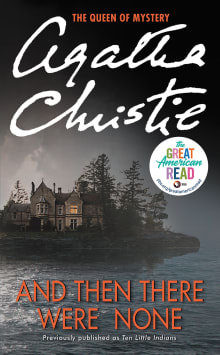
And Then There Were None is arguably (!) the best of Christie’s mysteries and the best introduction to her work anyone could hope for. Ten strangers, all with a wide variety of occupations and backgrounds, accept invitations from a mysterious host to spend a weekend on an isolated island. The strangers, though, have one thing in common: they have escaped justice for dark deeds done in the past. As the weekend progresses to its seemingly inevitable conclusion, the weekend visitors begin to die one by one. Whatever the sins of the past, one of them is a killer. The ever-dwindling band of survivors have no choice but to solve the mystery or die trying.
Moonflower Murders
By Anthony Horowitz
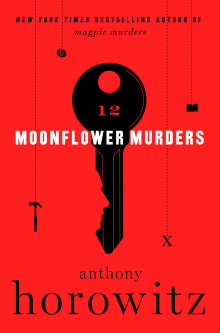
Moonflower Murders shows what can be done at the boundary between genre and literary fiction. This is a writer at the top of his form with twisty plotting, mellifluous prose, and the sheer joy of storytelling. Realistic? No. But that’s not the point. This is an insane murder mystery within a murder mystery. A sequel to Magpie Murders, it features retired publisher Susan Ryeland, who now runs a small hotel on a Greek island. But running a small hotel on a Greek island isn’t for everyone, and Susan is beginning to miss her old life in London.
She is pushed into returning when two of her guests inform her that their newlywed daughter had been in dangerous proximity to a murder back home and had now gone missing – hours after reading a murder mystery Susan herself had edited in her old life. The book holds the key to both the murder and the daughter’s disappearance. Susan is determined to get to the bottom of them. Even if it kills her.
The Cuckoo’s Calling
By Robert Galbraith
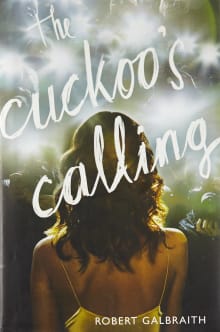
A reworking of the hard-boiled crime novel, updated with a modern-day female partner and a not-quite romance, there is a lot to like in the first and, I think, shortest of Robert Galbraith’s/J.K. Rowling’s mystery series. Private investigator Cormoran Strike is down on his luck. He is deep in debt, sleeping in his office, and utterly unable to pay for Robin Ellacott, the agency temp he forgot to cancel. Things take a turn for the better, though, when a high-strung model falls to her death from an upscale London balcony. Everyone says it’s suicide, except her brother, who turns to Cormoran for help. Reluctantly taking Robin in tow, Cormoran finds there’s far more to the apparent suicide than meets the eye. But while delving ever deeper is good for Cormoran’s bank balance, it is decidedly the reverse when it comes to his odds of survival.
The Seven Deaths of Evelyn Hardcastle
By Stuart Turton
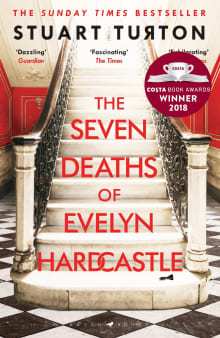
Agatha Christie meets Groundhog Day meets Rashomon in this country house murder mystery where the narrator is as much a puzzle as the murder itself. The narrator lurches into the novel as a witness to a killing so dreadful they’ve lost their memory. Then awakes the next morning to live the same day again as a different character with a different viewpoint: a bizarre twist that repeats itself until we have, as the title suggests, seven different versions of what happened, and enough information, finally, to get to the “truth.” Come for the strange, mind-bending trip, leave with a beautifully constructed conclusion.
The Trespasser
By Tana French
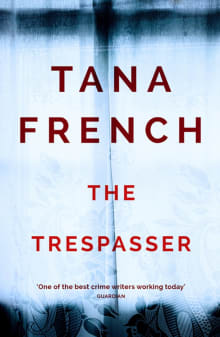
Cynical, elegantly plotted, and beautifully written, in this, the sixth of French’s Dublin Murder Squad mysteries, a young woman is found dead in her home and the initial conclusion is that she’s a victim of domestic violence. Her boyfriend is hauled in and questioned and the Squad is convinced it’s an open and shut case. All except the deeply unpopular Antoinette Conway, who spots a number of inconsistencies that give her pause. Pushed to the limit by the hostility and harassment of her so-called colleagues, Conway probes deeper into the case—at the risk of sinking her precarious career for good.

